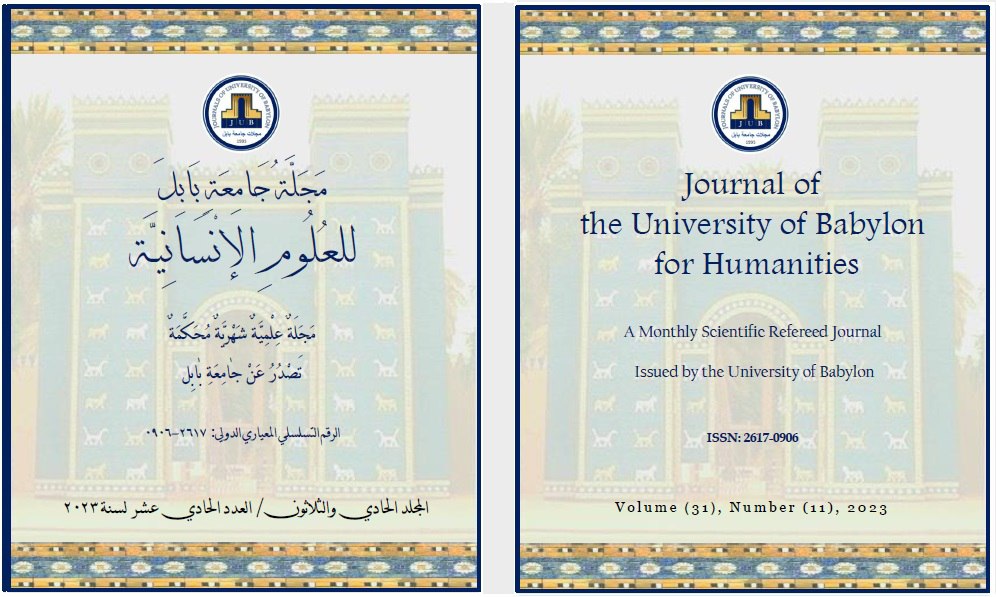A Critical Pragmatic Analysis of Hate Speech in the Tweets of American Political Leaders against China
Main Article Content
Abstract
The spread of the Internet makes social media such as Facebook, Instagram and Twitter the tools for expressing political interests and for communicating positive and negative feelings. Recently, an anti-China-sentiment has spread in American political leader’s social media especially with the outbreak of Corona virus plea 2020. Thus, instead of using neutral discourse, hate speech becomes the means by which these leaders attack and express their negative feelings towards China. The present research endeavors to put under deep scrutiny this phenomenon from a critical pragmatic perspective for the sake of understanding how the context of hate speech against China shapes its meaning. It attempts to fill a gap in this field by examining the use of language that constructs negative feelings against China and justifies hatred and violence. This study tries to analyze the pragmatic aspects of hate speech in the tweets of Trump and Pompeo. It focuses on hate speech forms, functions and strategies. Then reproduction mechanisms are suggested to substitute the original ones. The study compromises two types of analysis: a qualitative analysis and a quantitative analysis. The qualitative analysis is achieved by means of an analytical framework developed for this purpose. In order to support the findings of the qualitative analysis, a quantitative (statistical) analysis is conducted by using a frequency table that shows the number of times each value of a variable occurs in a data set. On the basis of these two analyses, some findings are introduced where the most important one is that there is an accretion of hate speech in American political leader’s tweets directed towards China which leads to the spread of racial hatred and violence against Chinese people.

